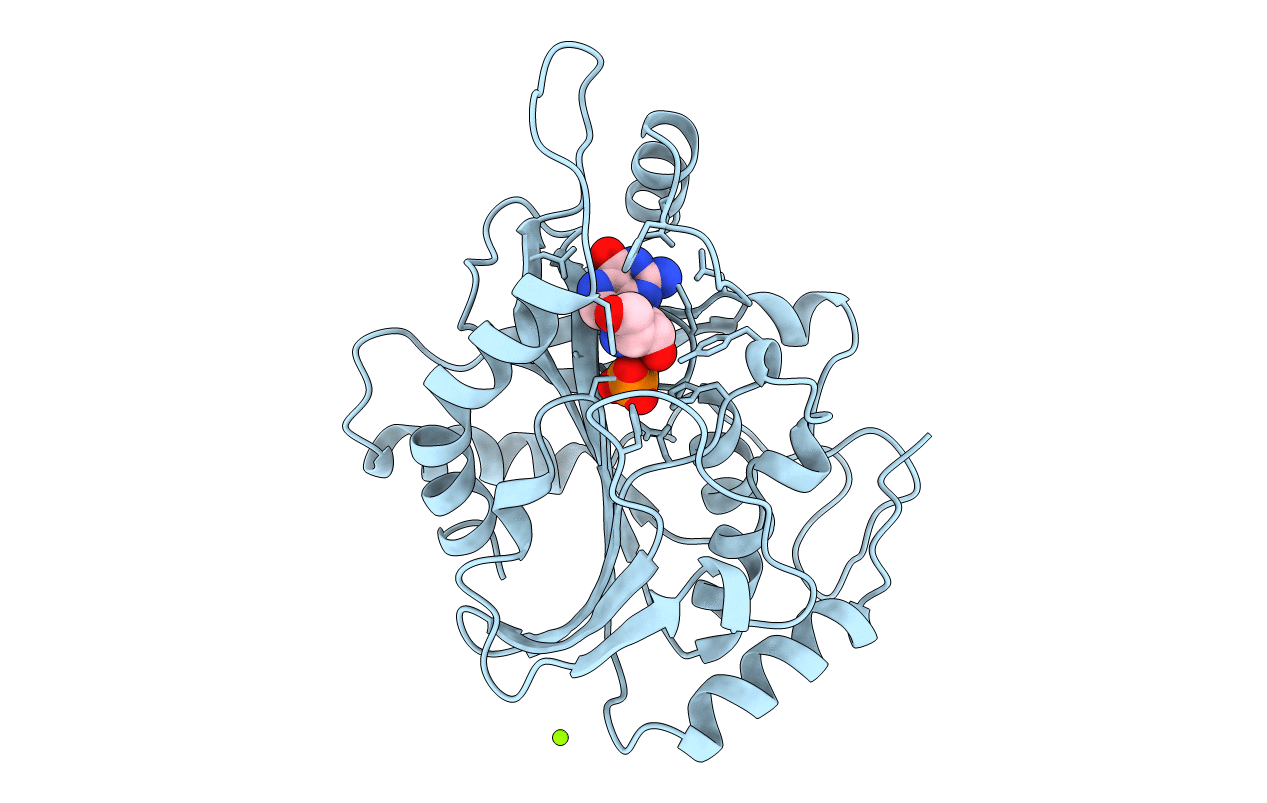
Deposition Date
1999-02-02
Release Date
1999-02-08
Last Version Date
2023-08-09
Method Details:
Experimental Method:
Resolution:
2.00 Å
R-Value Free:
0.24
R-Value Work:
0.16
Space Group:
P 21 3


